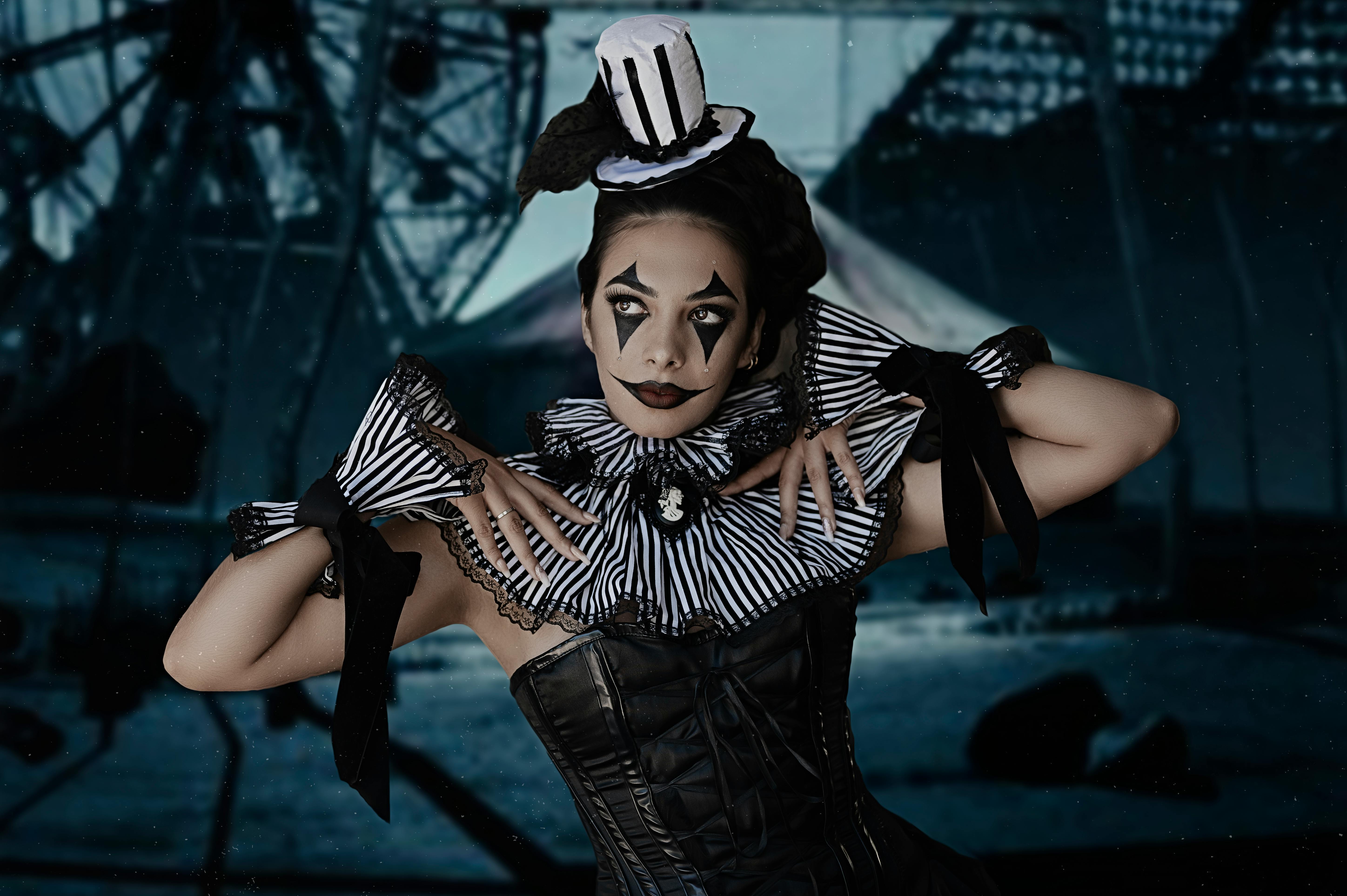Unmasking the Mysteries: The Intricate World of Mime
Introduction: Dive deep into the world of mime, where silence is golden and emotions are eloquently expressed without uttering a single word. This article provides an enriching exploration of this often overlooked art form, its historical roots, recent developments, and the impact it has on today's entertainment industry.

The Silent Art of Expression: History of Mime
The art of mime is a fascinating blend of storytelling and physicality, often overlooked by mainstream entertainment. Originating in ancient Greece and Rome, mime artists were respected for their ability to convey complex narratives without speech. Over the centuries, mime evolved, incorporating elements of ballet, theater, and even circus performances. The most notable development was in the 20th century, when Marcel Marceau popularized mime worldwide, developing a unique, modern style that continues to influence artists today.
The Quiet Revolution: Mime in the Modern Era
In recent years, mime has experienced a resurgence. Contemporary artists are pushing the boundaries of this art form, combining mime with elements of contemporary dance, visual arts, and digital technology. This innovative approach has led to the creation of compelling performances that challenge traditional notions of entertainment and storytelling. Moreover, mime has found a new platform on social media, where short, silent videos are increasingly popular.
Mime: Impact and Significance
The significance of mime extends beyond entertainment. Its reliance on non-verbal communication makes it universally accessible, breaking down language barriers. By employing gestures, expressions, and body language, mime artists can convey complex emotions and narratives that resonate with audiences worldwide. Furthermore, mime encourages viewers to engage their imagination, fostering a deep, personal connection with the performance.
The Art of Silence: Reception of Mime
Despite its unique appeal, mime often remains misunderstood and underappreciated. However, the recent innovative approaches within the mime industry have begun to challenge this perception. Critics and audiences alike are praising the originality and technical prowess displayed in modern mime performances. Festivals dedicated to mime, such as the London International Mime Festival, are gaining recognition, highlighting the art form’s enduring relevance and potential for growth.
The Future of Mime: Predictions and Possibilities
As we look towards the future, it’s clear that mime will continue to evolve and adapt. With the advent of virtual and augmented reality technologies, there are exciting possibilities for immersive mime performances. Furthermore, as society becomes more globalized, the universal language of mime could become an increasingly important mode of storytelling. Regardless of the changes ahead, one thing is certain: the art of mime will continue to captivate audiences with its unique blend of silence, movement, and expression.
The world of mime is a testament to the power of non-verbal communication and the limitless possibilities of artistic expression. As we move into a future brimming with technological advancements and cultural shifts, the art of mime stands as a timeless testament to the enduring power of storytelling. Through its evolution, impact, and potential, mime continues to redefine the boundaries of the arts and entertainment industry.




